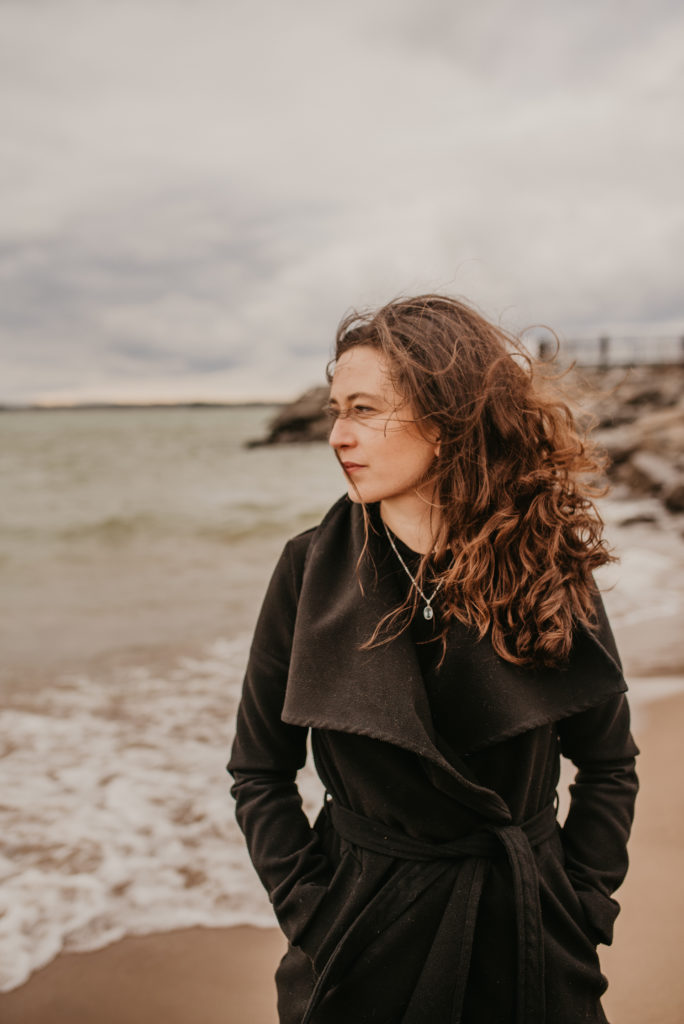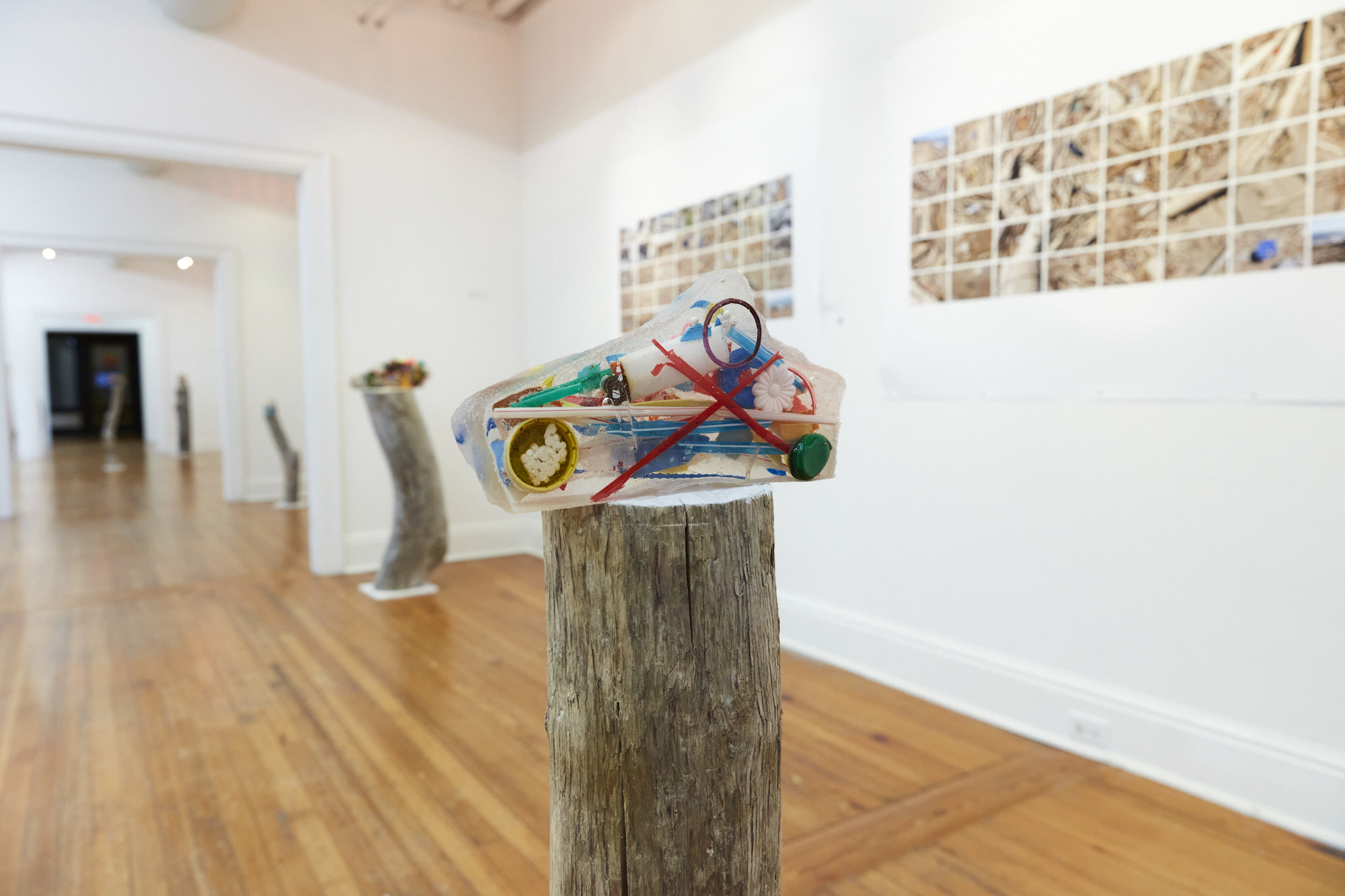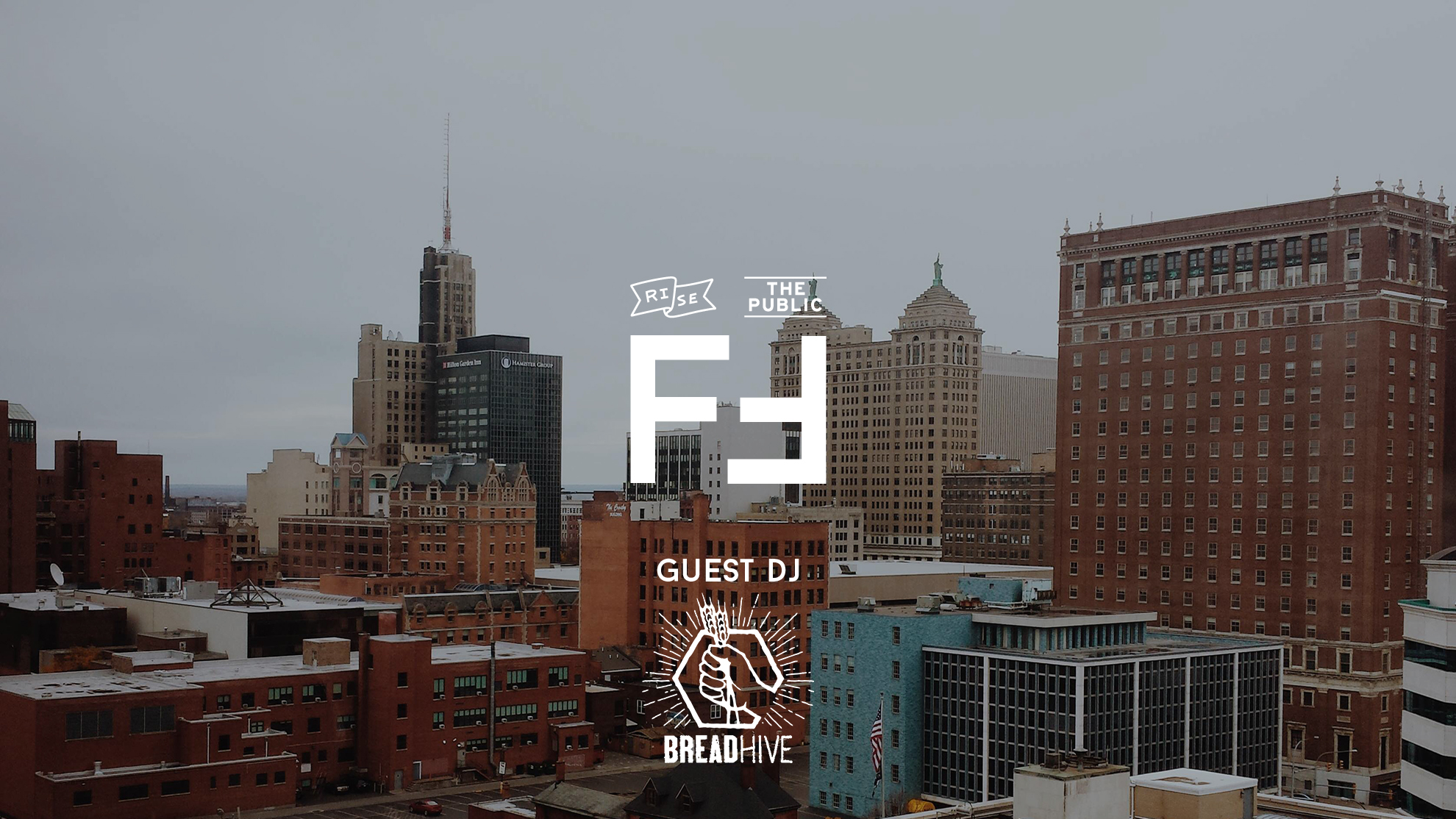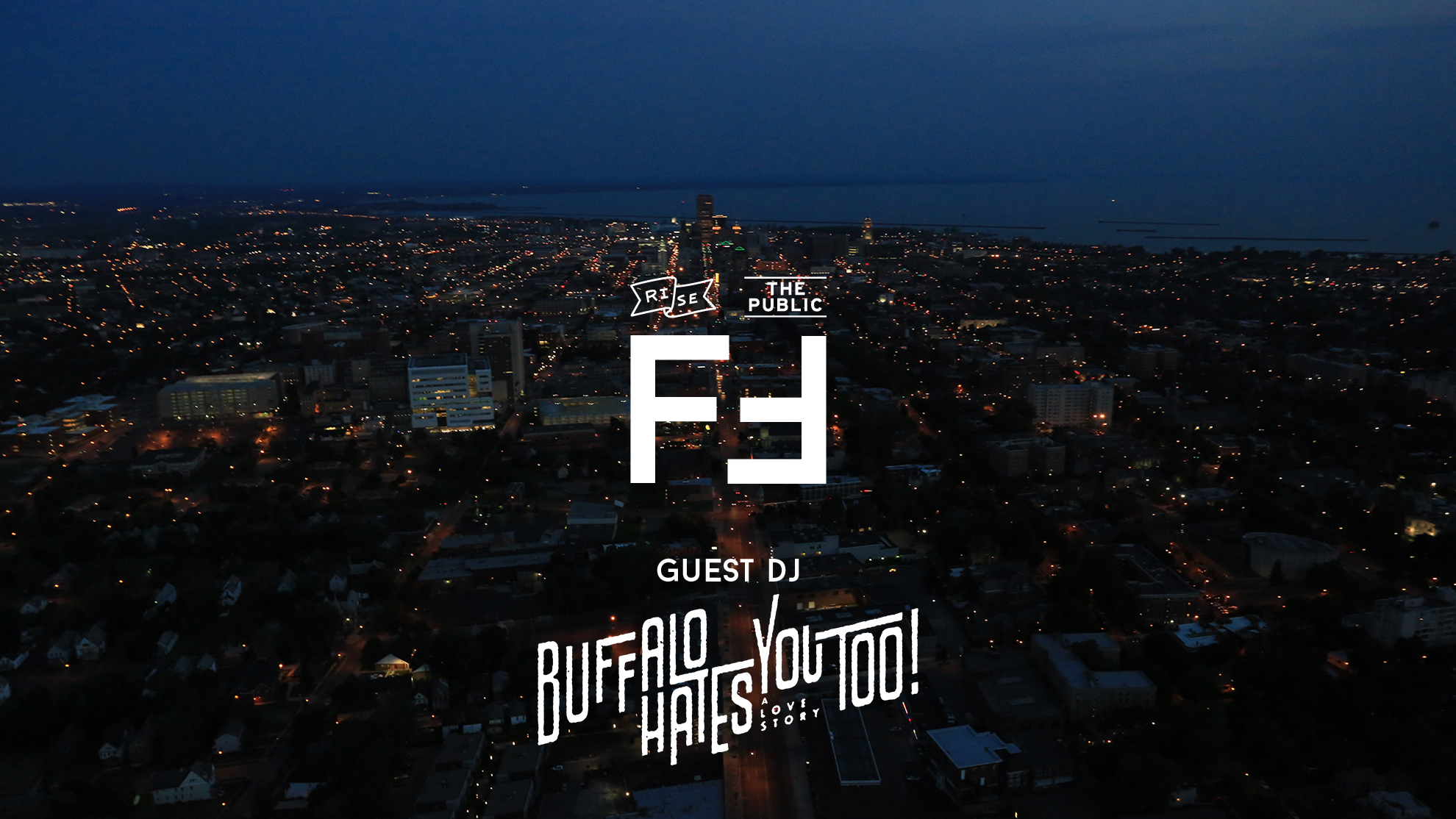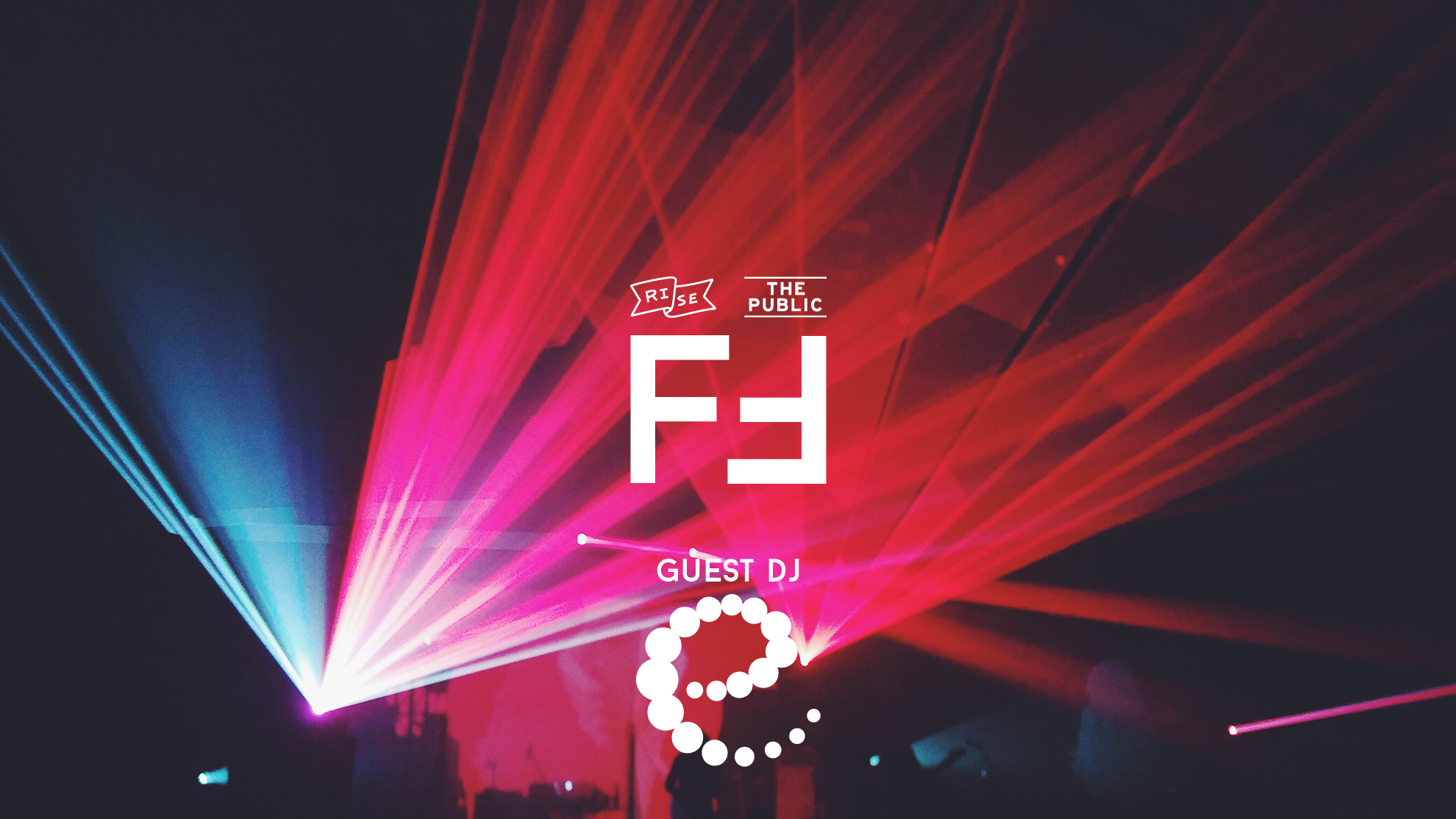Written by Kevin Heffernan
All photos courtesy Alexis Oltmer
We have a serious plastic problem. Not just in our oceans but in our own Great Lakes and their tributaries. Alexis Oltmer is putting it front and center, and offering a tangible way out of this mess.
On display only until February 15 at CEPA Gallery (Market Arcade downtown Buffalo), Oltmer’s FOR FUTURE GENERATIONS is a comprehensive documentation of the plastic that is choking out wildlife and flora in Lake Erie. For three years, Oltmer has been cleaning the beach of the plastic washed ashore. Before disposing of it responsibly, she’s using it. She has fossilized her findings, photographed them, and put them on display downtown so that this problem is no longer “Out of site, out of mind” for the rest of us.
Below, read CEPA’s synopsis of the installation, and then check out our interview with Alexis where we ask why she even bothers trying to pick up, to raise awareness, to counter this problem, when the rest of us have thrown our hands in the air, thinking it’s an issue too large to solve.
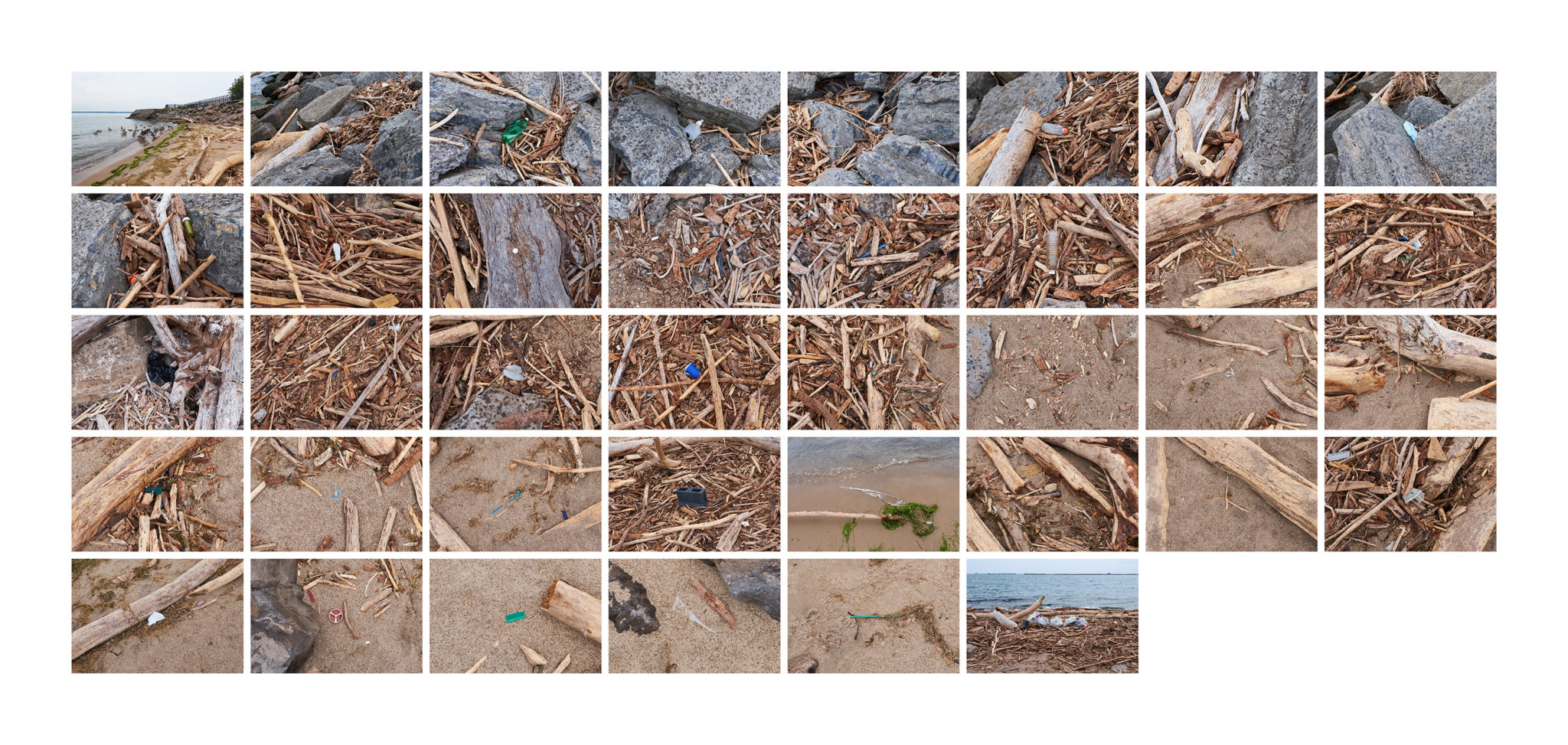
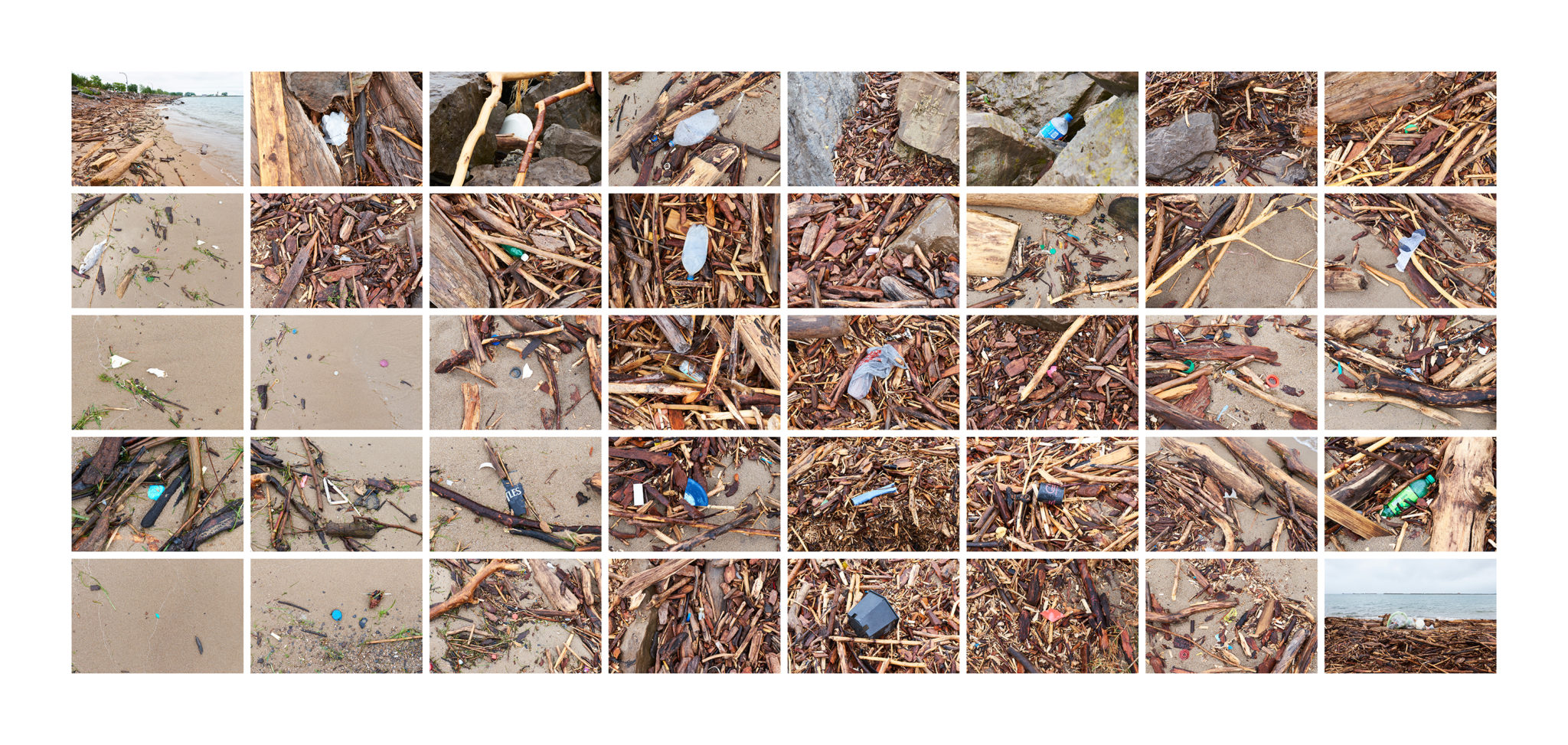
Artist Alexis Oltmer (b.1990) created For Future Generations: A plastic pollution study of Lake Erie over three years, an environmental and conceptual body of artwork which elevates plastic pollution imagery, data & samples collected over 40 individual beach cleanups. Each photograph and sculpture represent a curation of plastic pollution found on 1 day.
Oltmer organized and reviewed all single plastic pollution images from each clean up, recording every piece of plastic pollution photographed at the beach into a master data document. She then retouched and curated images into final selects of 40 images, creating 24 photographic grids, representing 24 clean up days. Each grid was created to show the duality between multiple images creating a topographic view of Emerald beach and allowing for the individual exploration of each piece of plastic pollution displayed within the grid, reminiscent of the hunt for plastic pollution Oltmer had while cleaning the beach.
To create the Fossilized plastic pollution sculptures, Oltmer cleaned and organized plastic collected while photographing Emerald beach by day. The fossils have a clear cut side which reveals the plastic pollution and a natural side which is opaque and imitates the secrecy of real cut fossils. Each mold was created from fossils and rocks she has collected throughout her life. The pedestals that the fossils rest upon are drift wood sourced from Emerald beach. Due to creative decisions and financial restrictions, all fossils were created from Art Resin, a poly-based sculpture resin.
Each grid and fossilized plastic pollution piece were chosen to be shown specifically to evoke the most compelling, nostalgic, normal or shocking plastic pollution objects found at each beach clean up at Emerald Beach on Lake Erie, Buffalo NY. These works can be seen as time capsules and physicality’s of supply and demand throughout the short history of plastics. It’s up to us all to make lifestyle changes into habits to reduce the amount of fiber and single use plastics we use in our daily lives. If one looks at the dates that the plastic was found, stories and questions come into focus regarding where the plastic came from and how long has it been in Lake Erie.
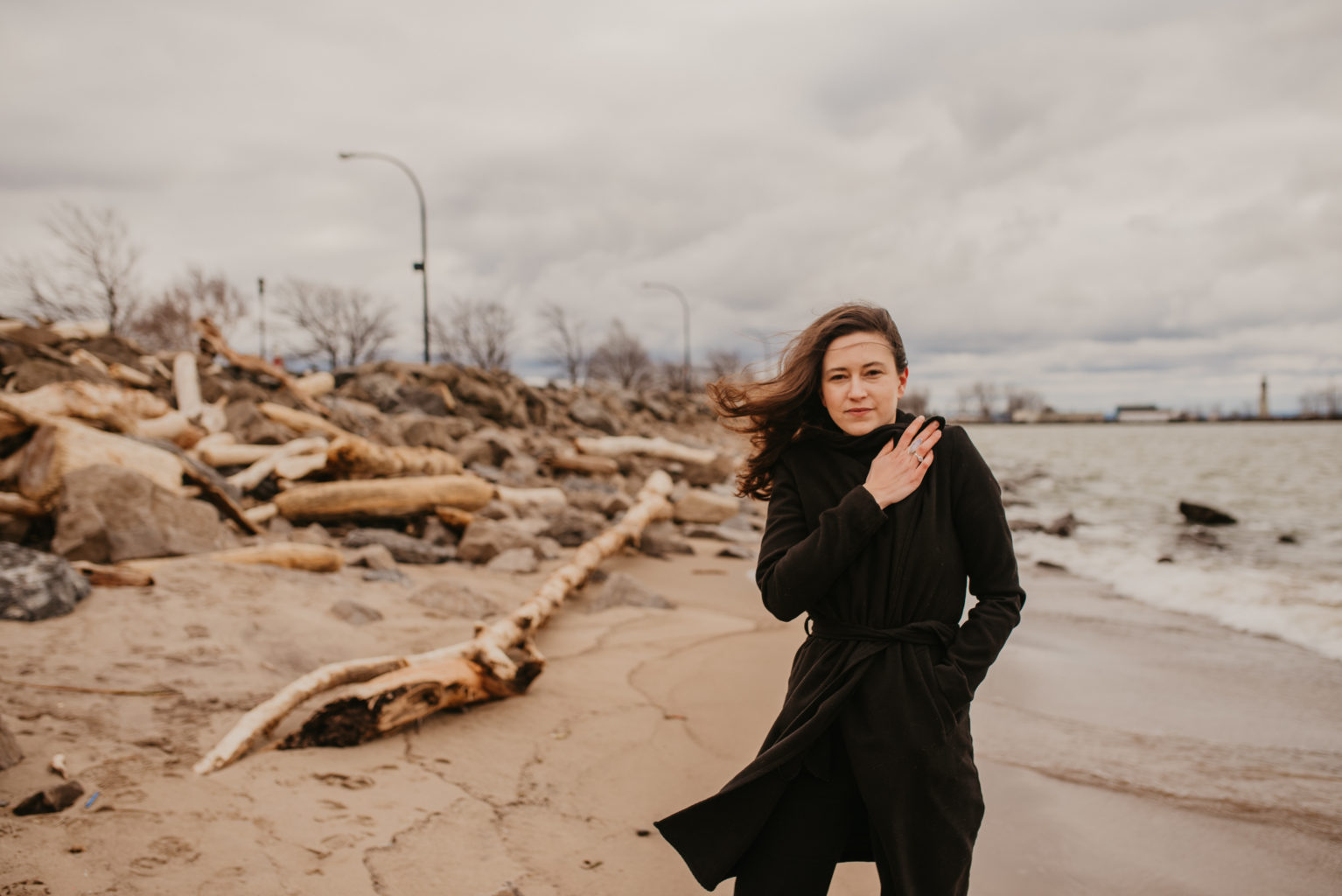
Just looking to take some photos at Emerald Beach, Oltmer was devastated to walk out and be surrounded by plastic waste on the shore.
How did you feel when you went to take photos and were greeted by trash instead?
When I first visited Emerald beach in December of 2016, I was drawn to the beach by Lake Erie. I have an affinity for fresh water, and in general bodies of water have a great calming affect on my mind. I grew up on protected wetlands, next to a highway and sandwiched by a stream that I hunted for fossils in as a child (some of the rocks used to create the plastic pollution fossils are molded from rocks I found in that very stream). So, when I got home and looked at my selects, I felt absolutely terrible. I had done nothing to clean the beach while photographing and trying to wrap my head around the exorbitant amount of plastic and micro plastics I had encountered. It was from that day visiting the beach, I began concepting how I could bring my experience to the community. I realized I needed to take a research based art practice approach to cleaning, documenting and collecting plastic pollution by day to best understand the gravity of the situation.
We tend to think of the Great Lakes as relatively clean compared to the ocean. How has your perception changed while doing this work?
As hopeless as I have felt while conducting research and collecting samples, a tide of inspiration and hope came over me when I realized that we have tremendous opportunity residing on Lake Erie (specifically near the mouth of the Niagara River) that our community can have a direct impact on fresh water plastic pollution ending up in the Atlantic Ocean. With 20% of the worlds fresh water being in The Great Lakes, we can advocate, protect and conduct research on the ongoing health cycle/life cycle of our Great Lakes. It is my understanding that we have record amounts of plastic pollution in Erie and other Lakes, if we work together to raise awareness, reduce the amount of plastics we purchase, and advocate on behalf of our Lakes to our local governments for new technologies which could help problem solve the situation we find ourselves in. I also believe that we should have (at least) yearly forums where our communities are provided with research updates on the health and safety of our Lakes, the safety of our drinking water, and allow open time for community members to address and bring up possible solutions. If we look at other countries and what they are doing to solve the continued and growing issues of plastic pollution in our water ways, we can bring those technologies or ideas here. I am so inspired by Boyan Slat founder of the Ocean Clean up, he and his team recently unveiled the Interceptor river clean up system. A boat which collects plastic and trash in rivers to reduce the amount of plastic pollutions which end up in our environments, marine life, and oceans. I believe this is a potential technology we could bring to the Niagara River.
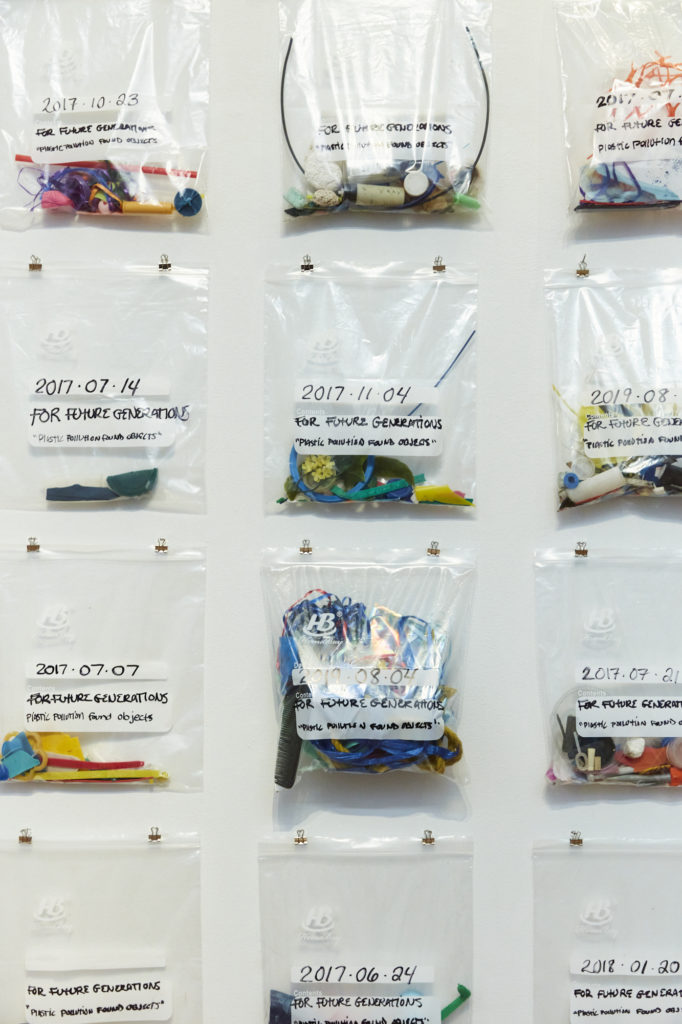
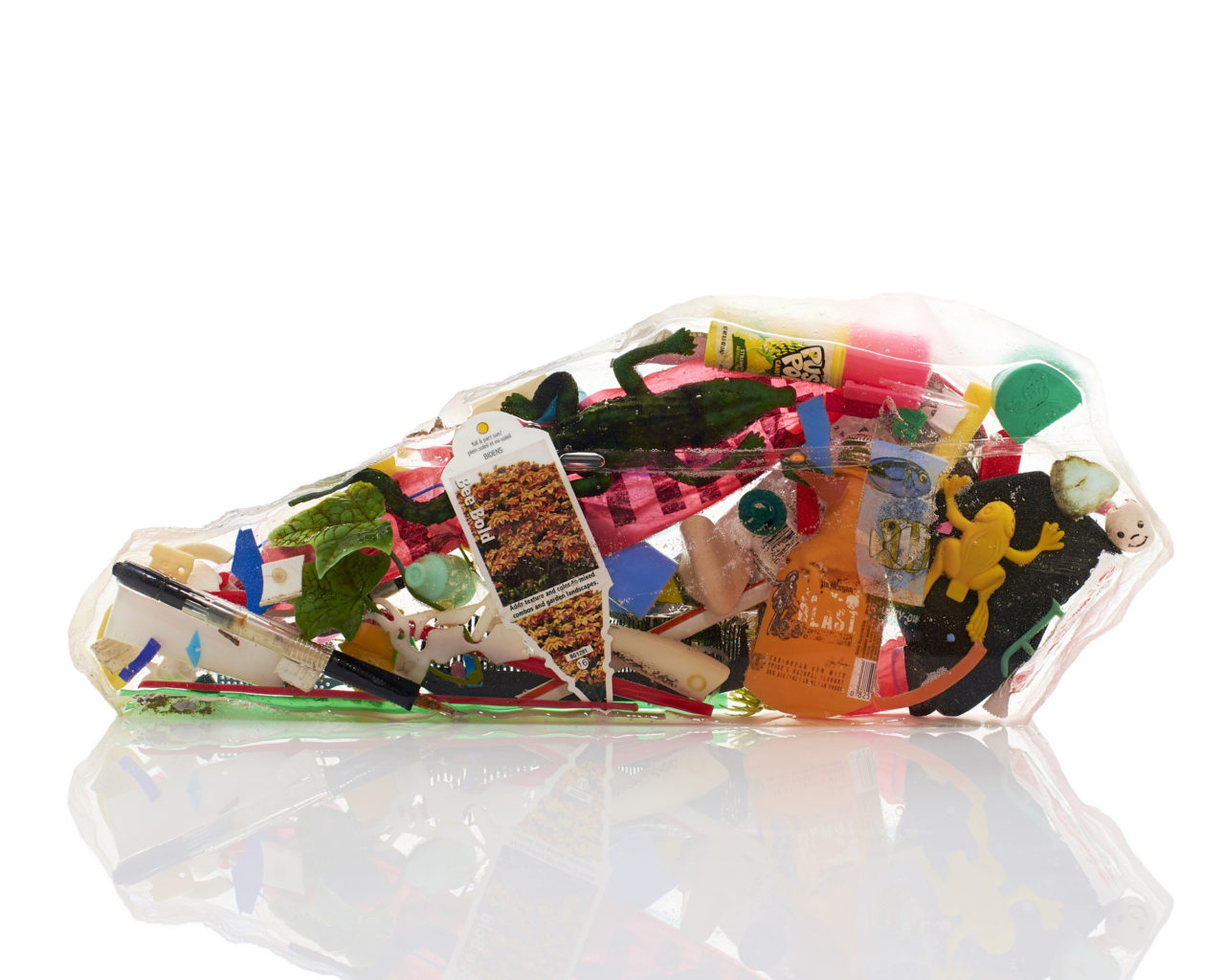
The problem is massive. So massive, that many people think that they cannot make a difference. They may properly dispose of their trash and recycle whenever possible, and assume they’re doing their best. Knowing this article will likely be read by those in that boat (and not those who throw trash out their car window), what would you say to them? Is what they’re doing enough? Or could they do more? How would a few hours of volunteering affect our region? And where can they get started?
I want people to look at For Future Generations: A plastic pollution study of Lake Erie and be inspired, have hope, question their lifestyles and how they could make simple changes which would reduce their plastic consumption annually. I want people to have power, I feel that in this day and age, many citizens feel that they can’t make a difference and hold no power as an individual. Making a real impact on our environmental health and plastic pollution is going to take a local community lead grassroots movement which will inspire friends, family members coworkers to also be empowered and get on board to make long lasting positive environmental impacts. Its similar to the idea of voting in the United States, I often hear a statement such as – my vote wont make a difference. Well if we all feel that way and don’t vote, it doesn’t make a difference, we can look at the situation we are in currently. We need to re-inspire the citizens of the Country that they DO matter, their opinions and their actions matter for the good of all. Here are three key pieces of advice, more lifestyle changes can be found on my website under lifestyle tips.
- Pick a topic you feel frustrated about, or passionate about and find a way you can make positive changes regarding your subject
- Vote in local and national elections. Do the research on your candidates and what you think is important to your community. And if you continue to feel let down, then maybe look at running for office yourself.
- Every Purchase you make is a Vote. Purchase second hand or new cloth napkins, silverware or dishes and stop using plastic or paper quick solution products. If you like a hot drink in the morning, make the investment in a reusable mug, you could be saving the earth and landfills from 365 cups, lids and cup sleeves a year. Regarding environmentalism and purchasing power there are socioeconomic issues, but you don’t have to go out and buy an electric car to make a difference. Start with small lifestyle changes that you can make a habit of and talk to your friends and family about your experience with your lifestyle changes, they might be inspired by you!
- Be empowered to do research, or start your own clean up in another section of our beautiful city.
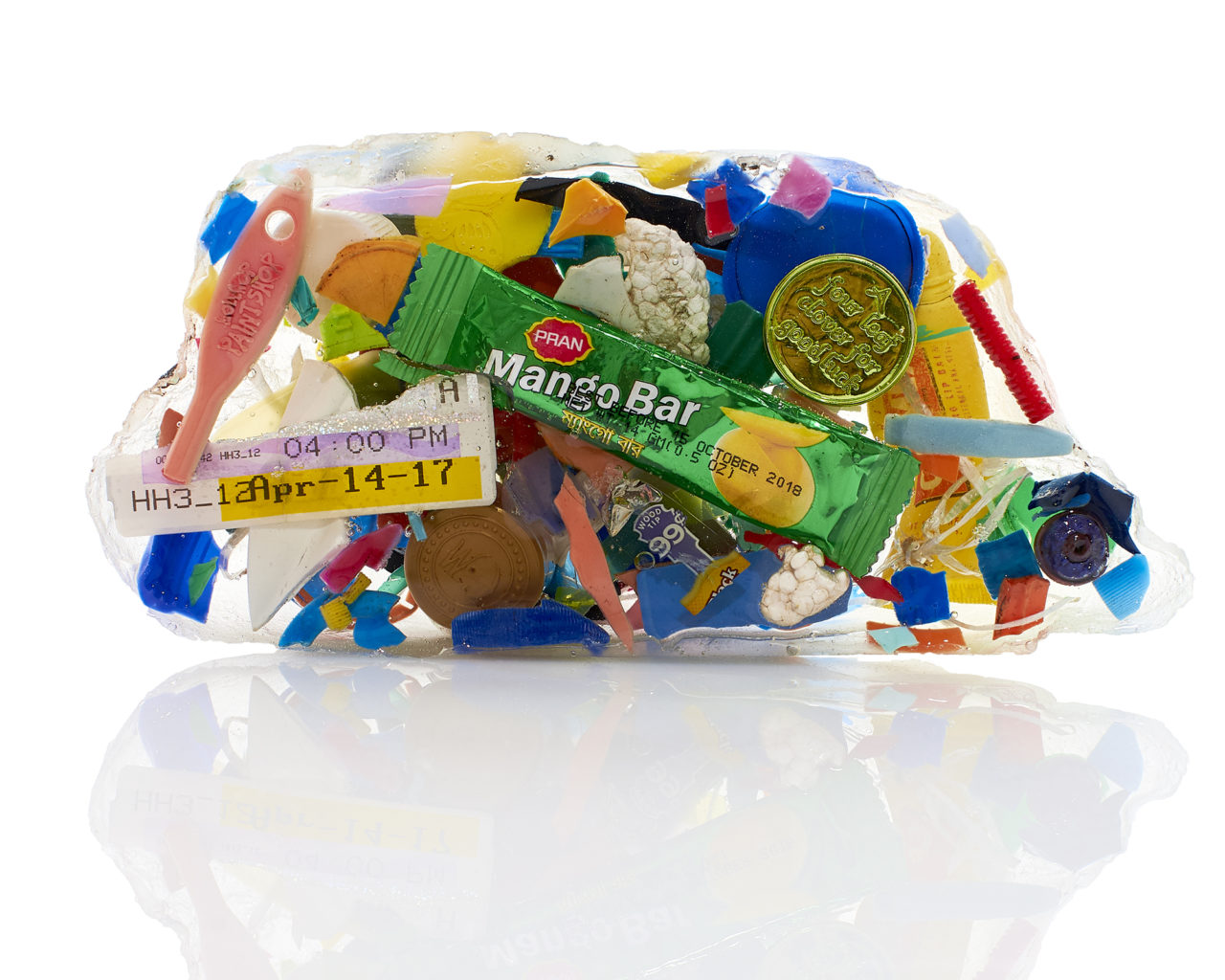
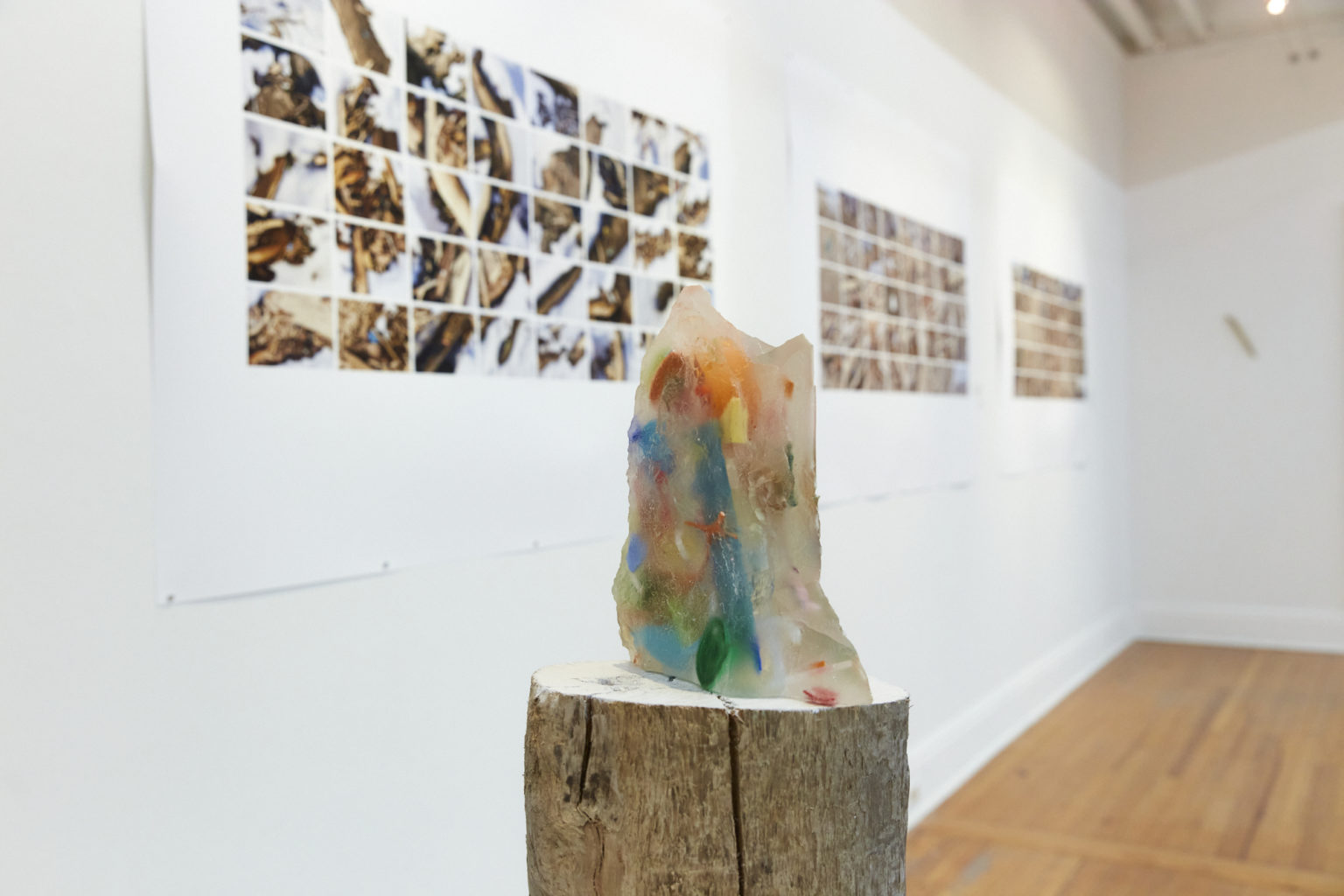
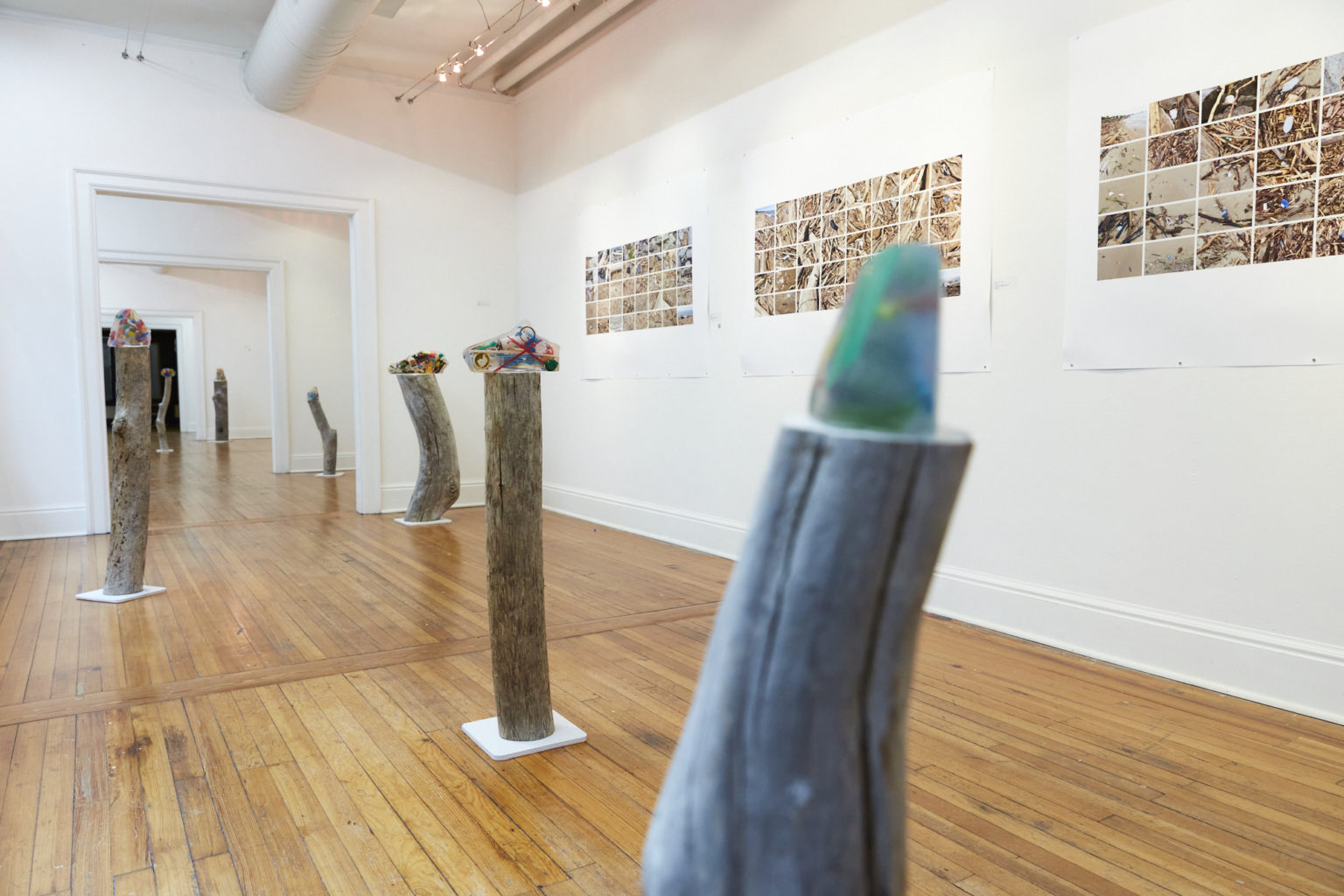
Where do you get your hope from? Your motivation to stick with it? What fuels your efforts?
Oddly enough, my middle name is Hope, after my Grandma who was one of three very positive and strong Grandmas I had to love and support me in my life. I was raised to respect, learn, play in and advocate for our natural spaces as a child. I lost my childhood home in 2011 due to a flood likely said to be caused by climate change. It was one of the worst days I’ve lived through. I saw my parents and community suffer, we lost all of our belongings (pictures, home videos, books – that hurt the most). Having that experience has propelled me to take my upbringing and respect of nature to a new level. I try to do as much written and lived research on the topics I care the most about. Fresh water, photographic grid work, sculpture, the moon, clouds, sound of the wind, natural force and power of our environments, as well as literally admiring rocks (I collect rocks from wherever I can) are great motivators and basis of inspiration to me. Socially, being a woman and living through sexual harassment which resulted in my leaving the job as I was told – “this is just a part of growing up”, being disempowered at times in my life due to my gender, told that I can’t do something because I am female….propels me. I very aware that there are so many individuals who have and do struggle and deal with more extreme and unjust experiences than I, this also impacts me deeply. I believe we need to stand up for each-other, tell our stories if we feel comfortable and demand change together. Where I currently am in my mental headspace is, respect for others and flat out – justice. Not tomorrow or next week, justice right now – we do not have time to continue on the social and environmental path we are on as humans living on Earth. I will be continuing to focus on environmental justice in my practice and looking back at artists such as Robert Rauschenberg, Hila and Bernd Becher, Marcel Duchamp ( I love finding environmental ready mades at the beach ) and writers such as Rachel Carson, Elizabeth Kolbert, Aldo Leopold and Guy Debord. All in all, it is experience and passion for truth and justice that is currently providing me with hope and motivation.
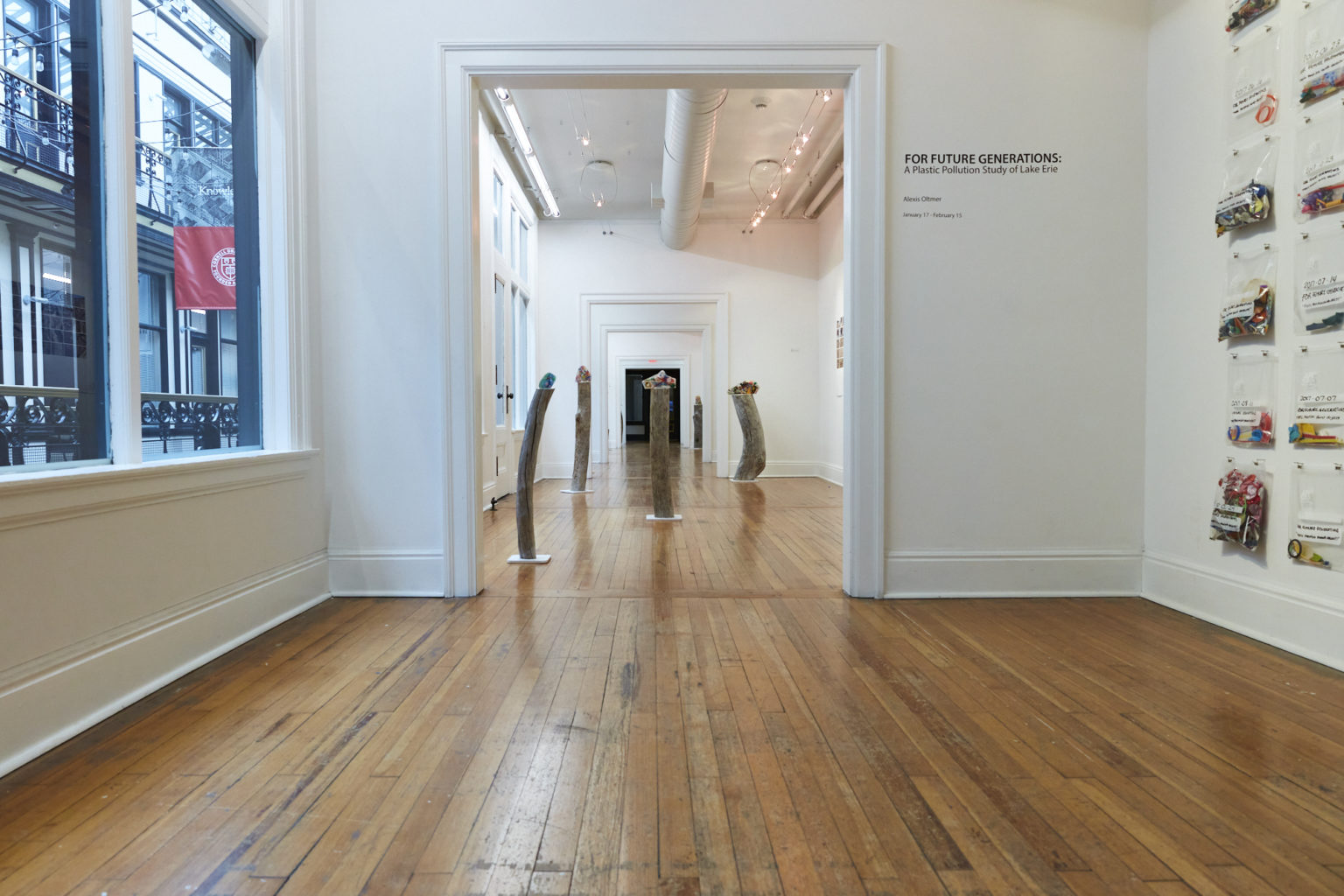
As an artist and citizen scientist, Oltmer cleaned and documented the beach to create a body of work while also supplying the data collected to the Alliance for the Great Lakes. Each day she cleaned the beach from the rocky area to the sand (about .4 miles) documenting and collecting the plastic pollution she encountered. Her creative mandates at each clean up included the following:
• Leave all organic matter on the beach
• Photograph the plastic pollution centered in frame – dead pan
• Collect a bag of the oddest most eye catching pieces of plastic pollution
• Photograph a side profile of the beach and a final trash collected shot
Advocacy and the preservation of fresh water is a staple of Oltmer’s art practice. Being born and raised in Endicott NY, Oltmer has been influenced and shaped by growing up with the duality of living in a space which was overrun with wild aspects of nature yet opposed by the fast pace and over looked aspects of our consumer society, and riddled with environmental crisis. Endicott, remains an active class 2 superfund site due to wide spread ground water contamination which lead to a chemical plume caused by IBM in 1979, more recently after remediation and clean up efforts toxic gasses are now prevalent in the area. In late 2011 due to climate change, Endicot once again made national news due to a massive flood which left her childhood home destroyed. That home was situated next to a highway that sat on protected wetlands. One influential childhood chore which had an influence on her current body of work was to pick up litter weekly from the side of the road thrown by cars and passersby.
Oltmer has her family and public school education to thank for the inspiration & education regarding the importance of environmental projection, respect, justice, and advocacy. In 2019, Oltmer partnered with the Alliance of the Great Lakes to provide all of her plastic pollution data. She founded #PlasticfreeBuffalo a community based extension of the art project where she coordinated 8 beach clean ups with local institutions, schools, businesses, influencers and community members. Each clean up was lead with an introduction to Emerald Beach and how it is affected by micro plastics, trash, and plastic pollution which has been deposited via water, air, and daily traffic. Clean ups were concluded with a group discussion as to how we can positively impact our community by demanding corporate sustainability and encouraging individuals to take steps to reduce their plastic consumption and be empowered to have conversations on the topic with their loved ones.
Oltmer has exhibited across Buffalo and plans to travel For Future Generations to cities which reside on the Great Lakes. If you’ re interested in a private tour of For Future Generations, want to chat about plastic pollution research, trouble shoot how to organize better as a community, or to set up a beach clean up or lecture with @plasticfreebuffalo.
“Project is funded by the Global Warming Art Project grant (fromBen Perrone and the ‘Environment Maze’ project donors), administered by Arts Services Initiative of WNY.”
